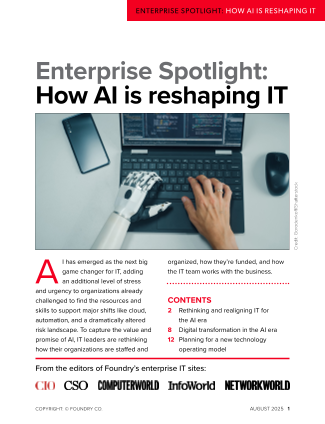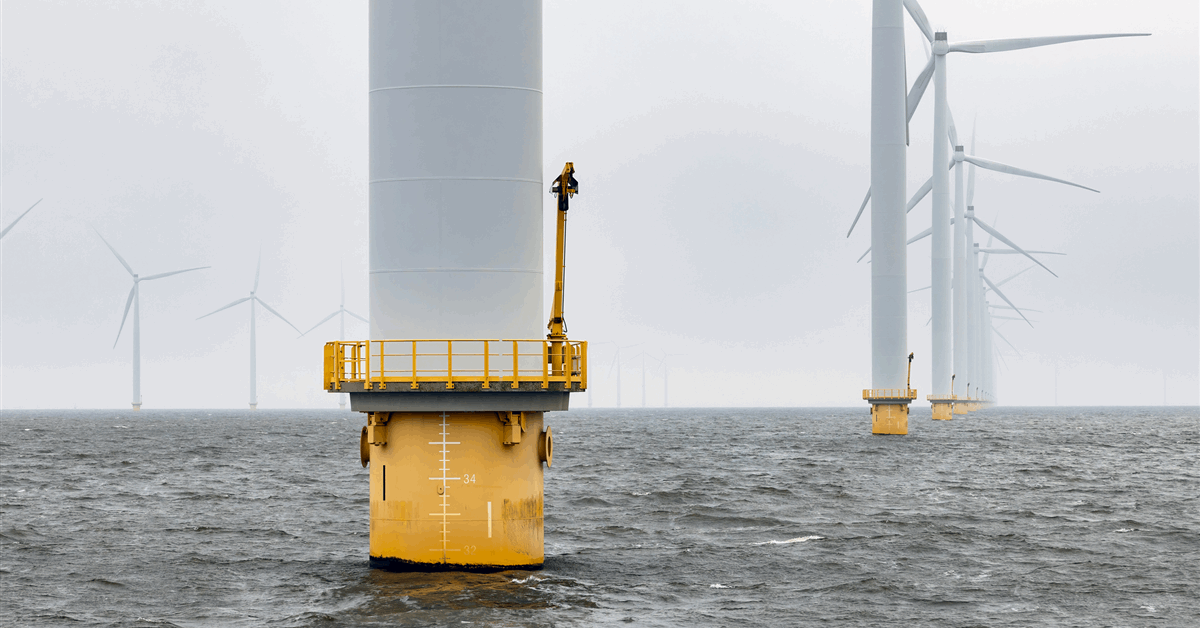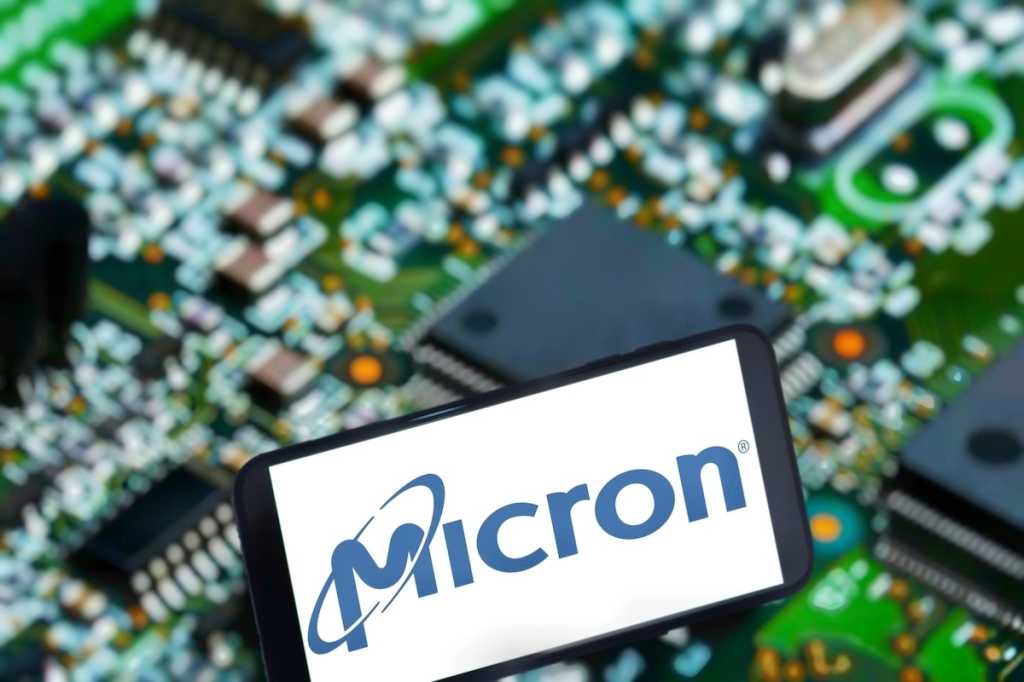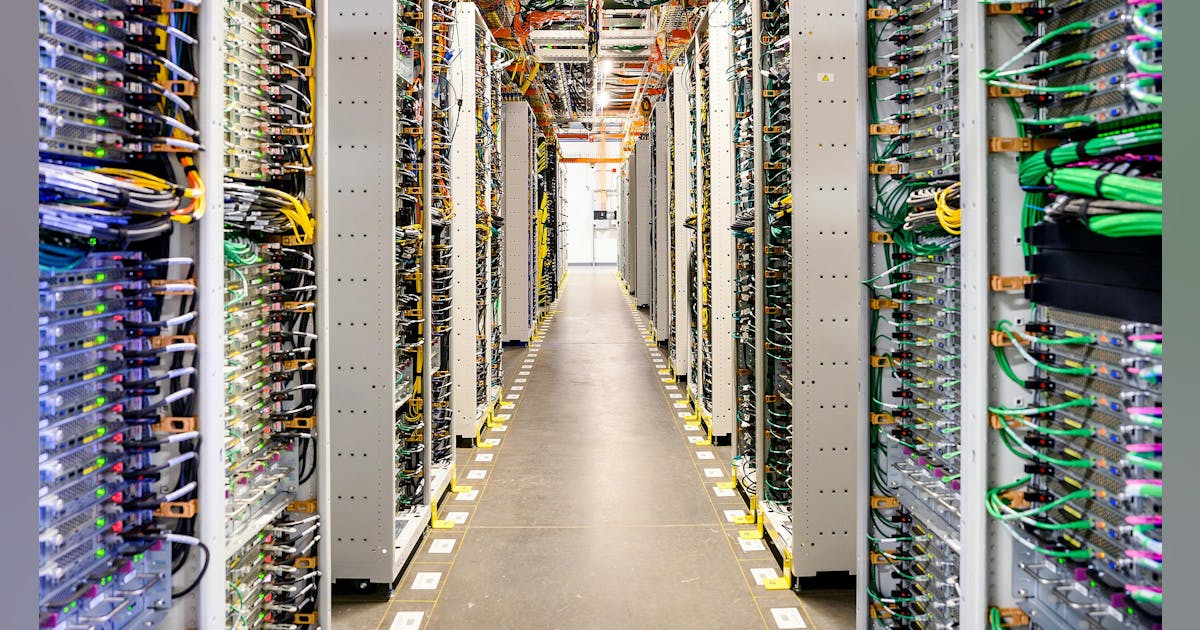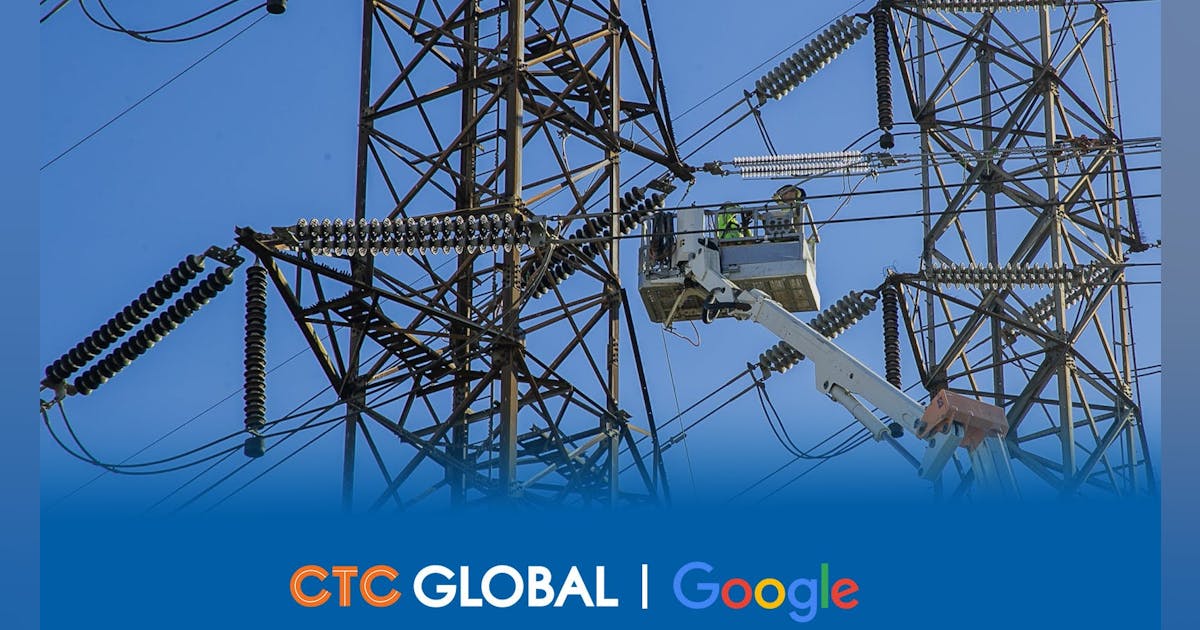
Chevron Corp. has appointed John B. Hess as a director, after United States regulators withdrew a ban on the former Hess Corp. chief executive.
Chevron announced the completion of its acquisition of Hess July 18. Hess subsequently dissolved its board and John ceased to be CEO, a position he had held since 1995.
“John not only built a great company, he is a highly respected industry leader, and our board will benefit from his global experience, relationships and expertise”, Chevron chair and CEO Mike Wirth said in a statement online.
John said, “I look forward to working with the board and leadership team to advance the company’s mission to meet the world’s growing energy needs safely and responsibly and to create significant value for shareholders”.
John remains a member of Goldman Sachs’s board of directors and the board of trustees at the Center for Strategic and International Studies, according to Chevron.
John is also a member of The Business Council, the Trilateral Commission and the Council on Foreign Relations. Additionally, he serves on the board of directors of the Lincoln Center for the Performing Arts and New York Philharmonic and on the board of trustees at Mount Sinai Hospital, Chevron said.
John holds a master’s degree in business administration from the Harvard Business School, Chevron noted.
The Federal Trade Commission (FTC) under the Biden administration had barred John from holding an executive, advisory or representative position at Chevron post-merger as a condition in issuing a consent order for the combination. The FTC accused John of holding talks with officials of the Organization of Petroleum Exporting Countries about controlling oil production and warned that such a position at Chevron would give him a stronger platform to rally the industry on keeping barrels more expensive.
Hess at the time conceded a prospective seat for John at Chevron’s board but denied the FTC’s accusation.
However, on July 17, 2025, the FTC canceled its consent order for the merger, along with the consent order for Exxon Mobil Corp’.s acquisition of Pioneer Natural Resources Co., saying the previous FTC’s complaints about potential harm to competition had been technically deficient.
In March 2025, two months after President Donald Trump took office, Chevron and Hess petitioned the FTC to review the consent orders. Scott Sheffield, the former Pioneer CEO also slapped with a similar ban as John, also filed a petition in March 2025, according to separate statements by the FTC on July 17.
In both petitions, the FTC ruled that the complaints by the previous FTC had “failed to plead any antitrust law violation under Section 7 of the Clayton Act”.
The complaints “contained no allegations” that Chevron and ExxonMobil’s acquisition of their smaller rivals would be “anticompetitive”, the FTC added.
Each complaint “did not allege that the acquisition would materially increase market concentration or that it would increase the potential for coordination among oil producers, and disregarded the FTC’s Merger Guidelines and decades of precedent”, the FTC declared in both statements.
“The FTC concluded that in light of these deficiencies, maintaining the restrictions on Mr Hess’s employment would damage the FTC’s credibility and undermine its mission”, the FTC said. “Granting Chevron’s and Hess’s petition is therefore in the public interest”.
While the FTC denied Sheffield’s petition because he was not a party to the consent order, the Commission ruled, “In light of the complaint’s deficiencies, the FTC concluded that maintaining the restrictions on Mr Sheffield’s employment would damage the FTC’s credibility and undermine its mission. Vacating the final order is therefore in the public interest”.
The consent orders now quashed were issued days before the change of government in January. However, the FTC last year already cleared the mergers after so-called “second-request” probes, paving the way for ExxonMobil’s completion of its acquisition of Pioneer in May 2024.
Completion of Chevron’s purchase of Hess was delayed to 2025 by arbitration initiated by ExxonMobil to protect its preemption rights in Guyana’s Stabroek block, where Hess is a partner. Announcing the consummation of the transaction July 18, 2025, Chevron said the arbitration went its way.
While John has now ultimately joined Chevron’s board, Sheffield went on to join Tamboran Resources Corp. as a non-executive director. Sheffield’s appointment was announced by the Australian company July 27.
To contact the author, email [email protected]

